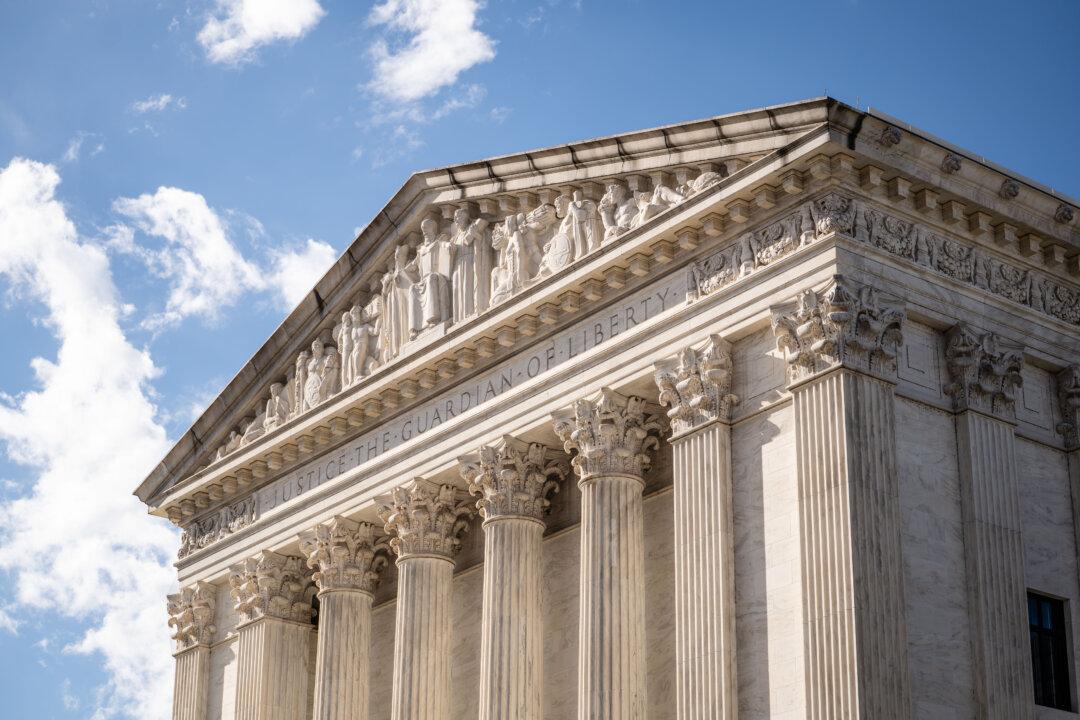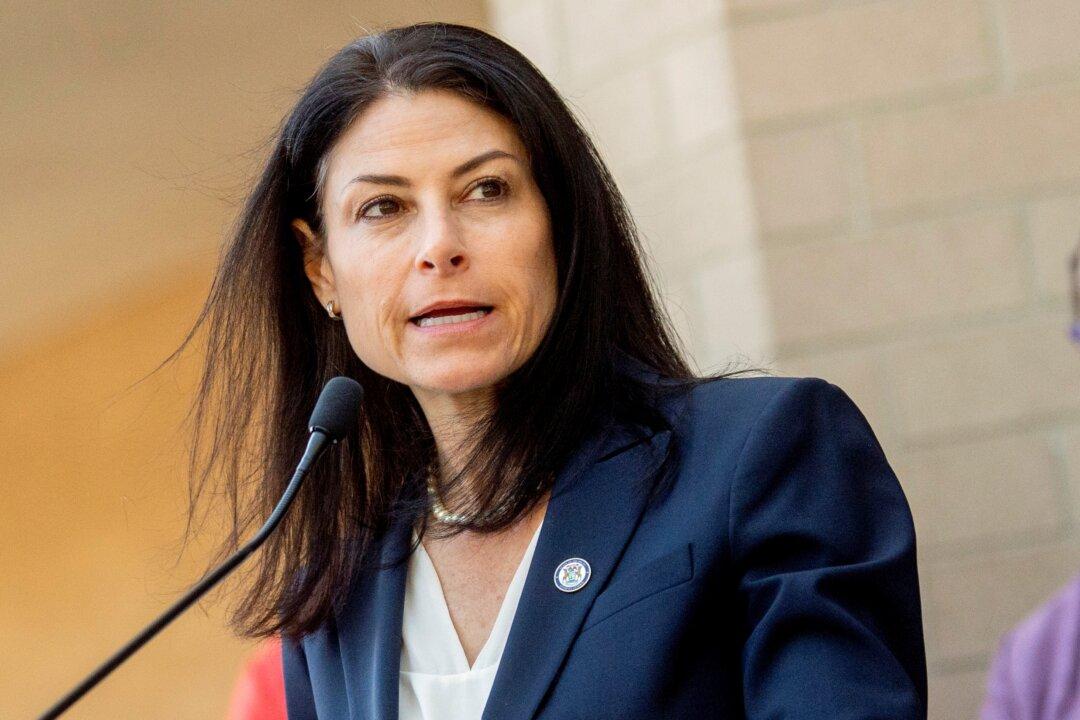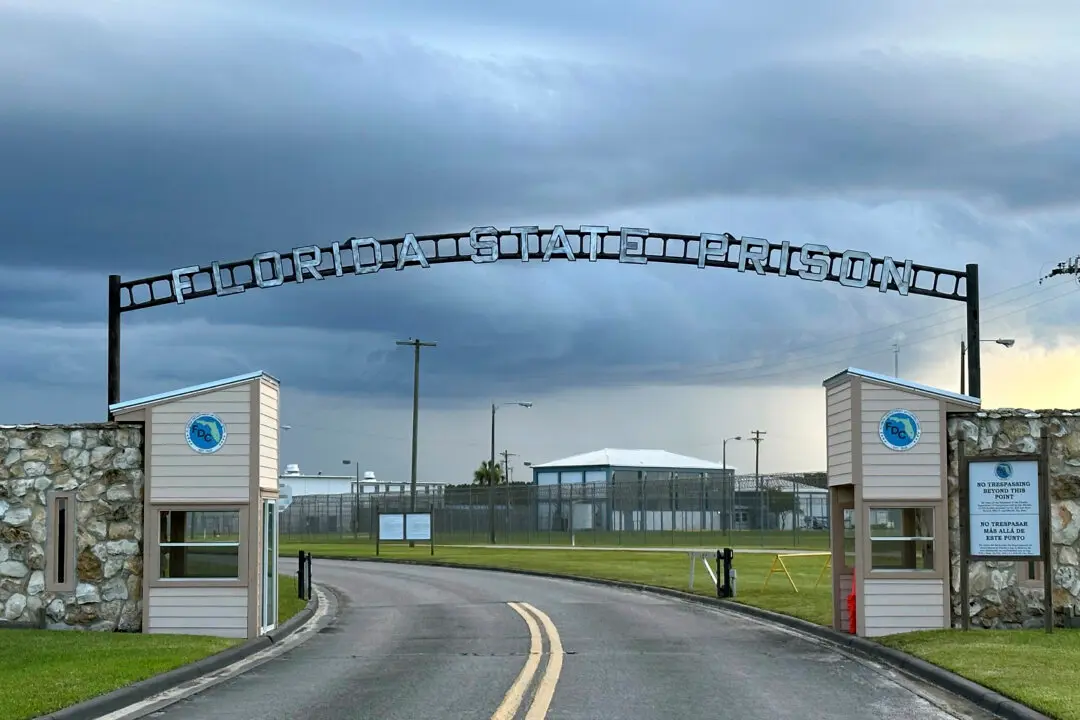A proposal to overthrow the constitutionally mandated system for electing the president and vice president of the United States—known as the Electoral College—without going through the effort of amending the U.S. Constitution has three-fifths of the support its backers say it needs to become a reality.
According to a group called National Popular Vote (NPV), the proposal “would guarantee the Presidency to the candidate who receives the most popular votes in all 50 states and the District of Columbia.” Currently, 48 states give all their electoral votes to the candidate who prevails in the popular vote in that state. Nebraska and Maine use a different formula, awarding some of their electors by congressional district.





